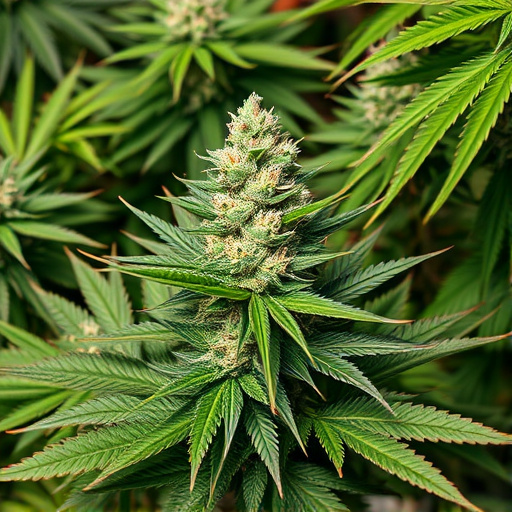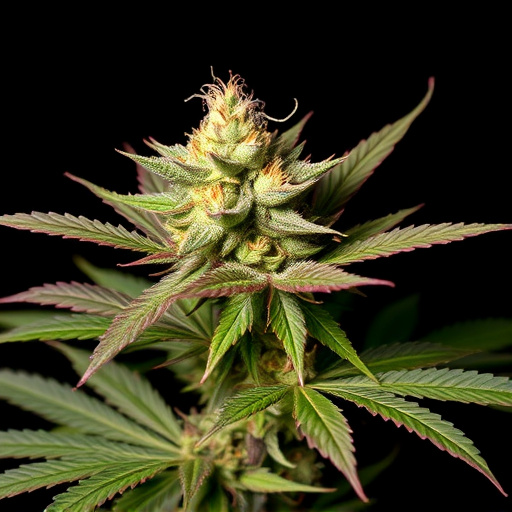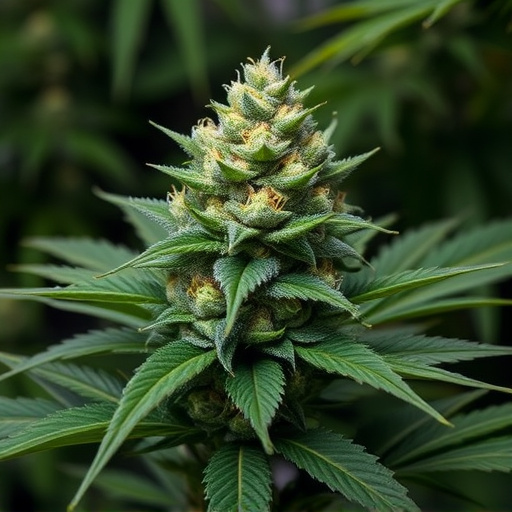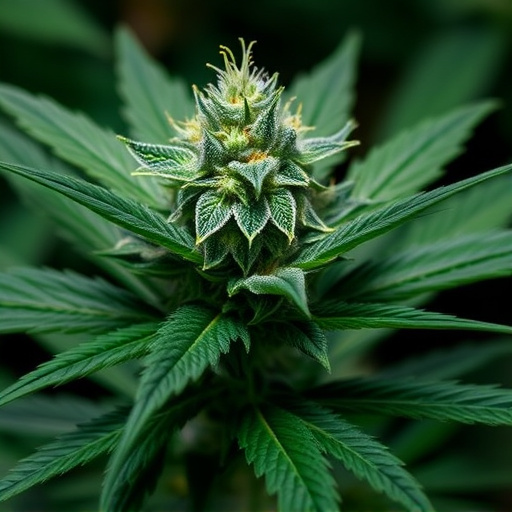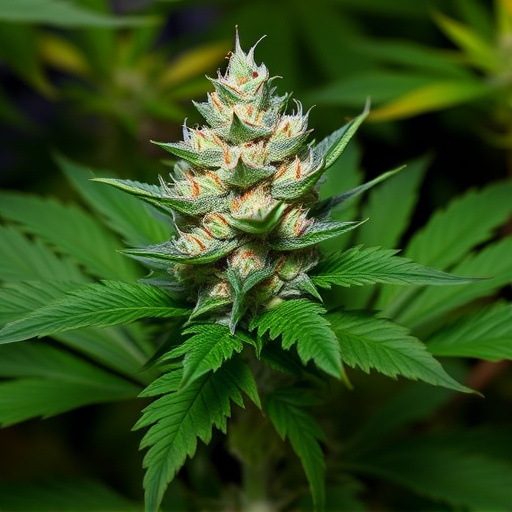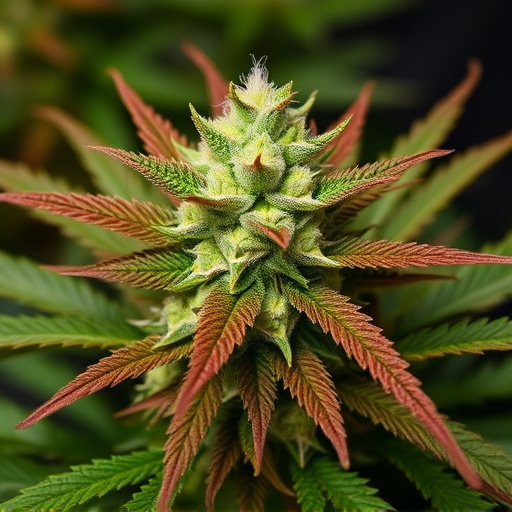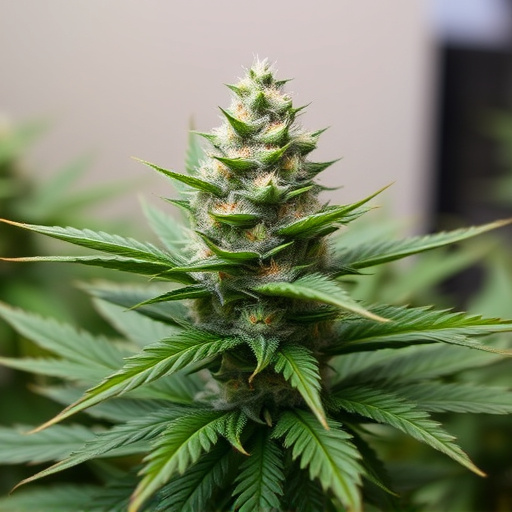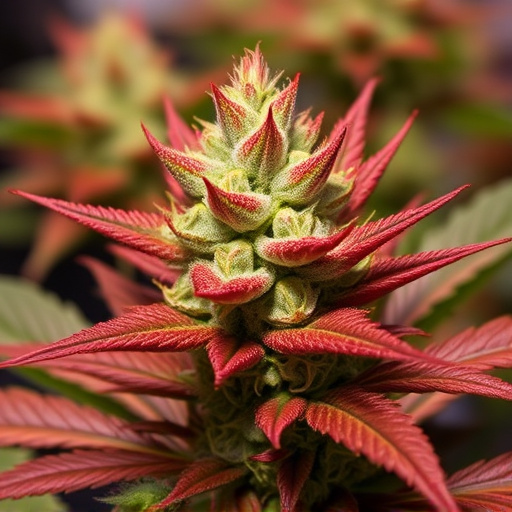Cannabis potency has surged in recent years, with modern strains boasting THC levels exceeding 30%, contrasting historical concentrations of 5-10%. This shift necessitates caution for new users, as high-potency carries therapeutic benefits but also risks due to varying tolerances. The safe dosage depends on a complex interplay of factors, including strain potency, individual biochemistry (age, weight, health), consumption method, and environmental conditions. Starting with low doses and tracking effects is recommended, especially for those experimenting with the most potent cannabis strains.
“Unraveling the safe dosage of cannabis is a complex journey, especially with the ever-evolving landscape of legalizations. As the market swells with diverse products, including the most potent cannabis strains, understanding potency becomes paramount. This article delves into the factors shaping safe limits, exploring how cannabis impact varies with different strains and consumption methods. By dissecting these elements, we aim to guide readers in navigating safety, offering best practices for responsible consumption and effective monitoring.”
- Understanding Cannabis Potency and Its Impact on Dosage
- Factors Influencing Safe Dosage Limits: A Comprehensive Look
- Navigating Safety: Best Practices for Consumption and Monitoring
Understanding Cannabis Potency and Its Impact on Dosage
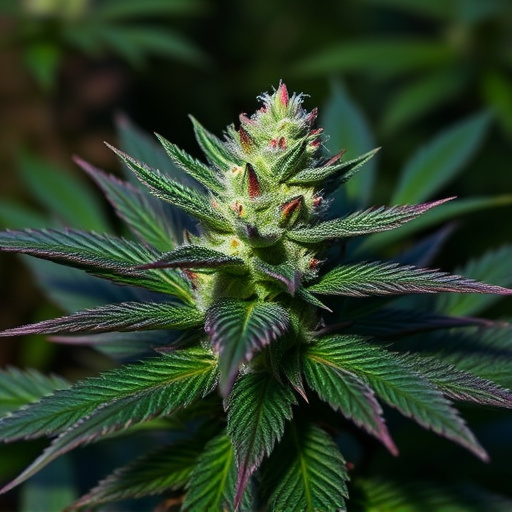
Cannabis potency has significantly increased over the years, with some modern strains boasting THC levels exceeding 30%. This concentration is vastly different from past decades when typical strains contained around 5-10% THC. Understanding this shift in potency is crucial for establishing safe dosage limits. The impact of such high concentrations on users, especially those new to cannabis, can be substantial and unpredictable.
While the quest for more potent cannabis may offer enhanced therapeutic benefits for specific conditions, it also introduces risks. Different people have varying tolerances, and what might be a safe dose for one individual could be overly potent for another. This variability underscores the importance of approaching cannabis use with caution, especially when considering the most potent cannabis strains available on the market today.
Factors Influencing Safe Dosage Limits: A Comprehensive Look
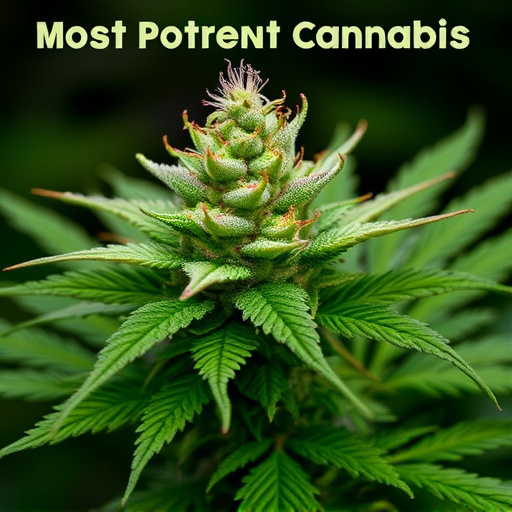
The safe dosage limit for cannabis is a complex topic, influenced by various factors that interact in unique ways within individual bodies. Understanding these factors is crucial when navigating the world of cannabis consumption. One significant aspect is the potency of cannabis strains—the most potent strains can contain THC levels exceeding 30%, which significantly impacts the desired effects and potential risks. Higher concentrations of THC may lead to more intense experiences, but they also increase the likelihood of adverse reactions, especially in new users or those with a low tolerance.
Other factors include individual biochemistry, as the way our bodies metabolize cannabis varies greatly. Age, weight, gender, and overall health play a role in determining how one’s body responds to different dosages. Additionally, the method of consumption matters; smoking or vaping cannabis may deliver more immediate and potent effects compared to edibles, which can take longer to kick in but provide a more controlled dose. Environmental factors such as stress levels, sleep patterns, and diet also contribute to the overall experience and safety of cannabis consumption.
Navigating Safety: Best Practices for Consumption and Monitoring
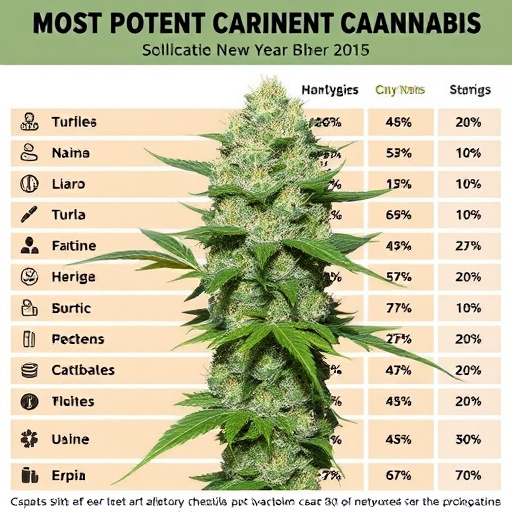
Navigating safety when consuming cannabis involves understanding that what works for one person might not work for another. The potency of cannabis, measured in THC (tetrahydrocannabinol) levels, plays a significant role in determining dosage. The most potent cannabis strains can have THC concentrations exceeding 30%, whereas milder strains typically fall below 10%. Given this wide range, it’s crucial to start with a low dose and gradually increase as needed.
Best practices include keeping track of consumption amounts and the effects experienced. Monitoring helps in understanding personal tolerance levels and the specific effects of different strains. Consuming cannabis responsibly also involves using consistent measurement tools, such as precision dosage pipes or carts, to ensure accurate dosing. Additionally, consuming food along with cannabis can help mitigate potent effects, making it a safer option for new users or those experimenting with high-THC strains.
While there’s no universally agreed-upon safe dosage limit for cannabis, understanding its potency and individual tolerance is crucial. The most potent cannabis strains can deliver powerful effects, but these can vary greatly depending on factors like terpene profiles and cultivation methods. To navigate safety, it’s essential to start with low doses, monitor your reactions, and adjust accordingly. Best practices include consuming in controlled environments, keeping a journal of usage and effects, and seeking professional advice for personalized guidance. Remember, responsible cannabis use involves recognizing and respecting its power.

